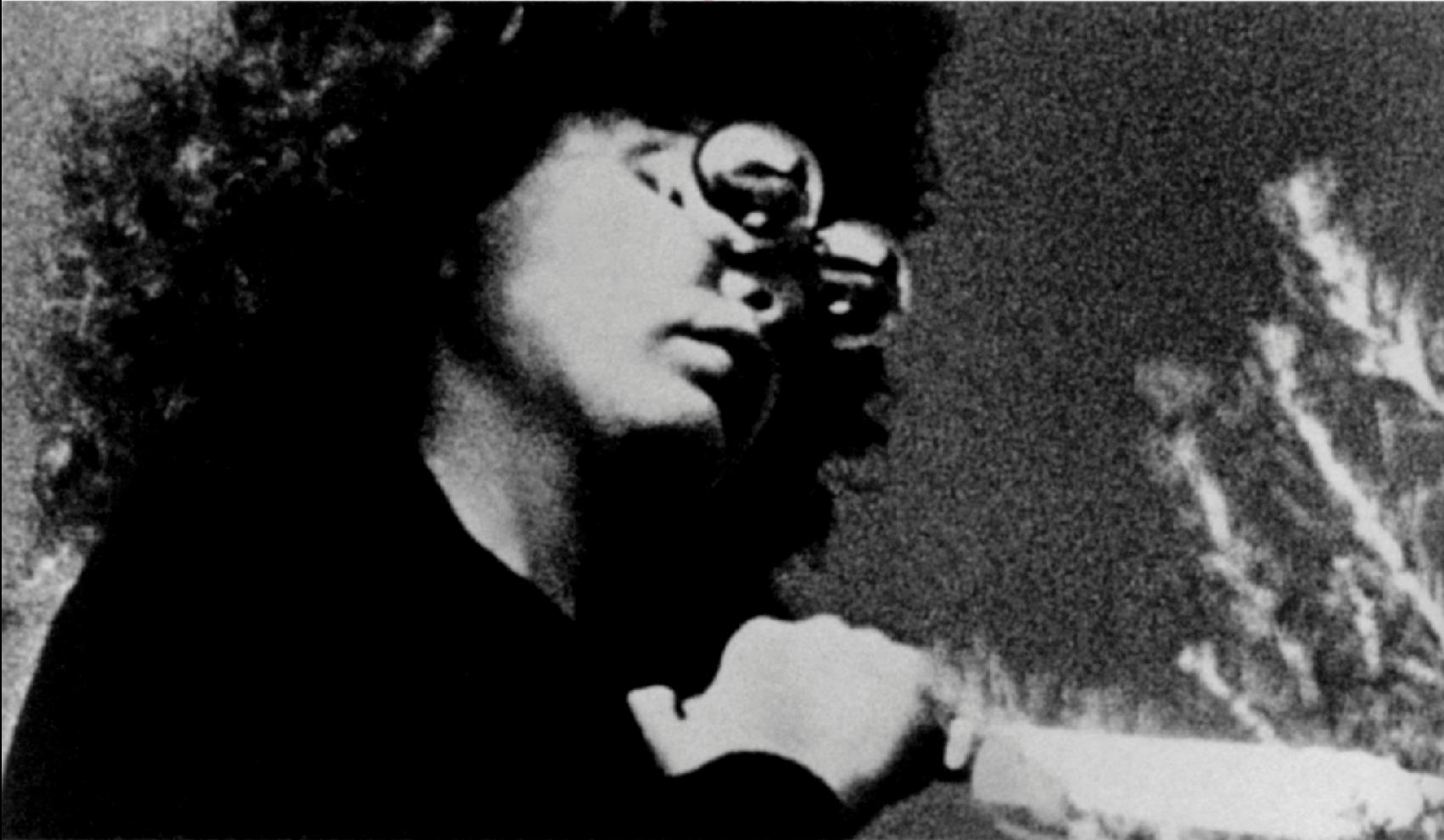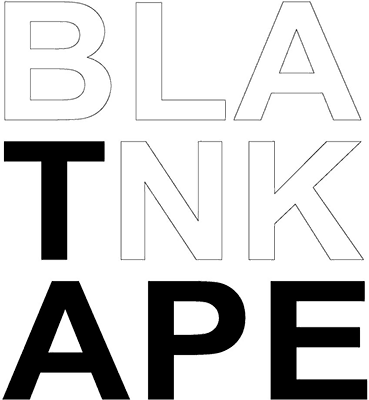 The Physical Cinema of Maya Deren
The Physical Cinema of Maya Deren
by Marcelo Rezende
Above all, Maya Deren does not dwell in the past. Since her death, in 1961, when she was 44, her strange short films have stage as a field capable to draw almost every proposition and stance. Maya is the grandmother of the American independent movie, the old lady of experimental production. Deren is the mysterious link which dips the European avant-garde of the 20’s in the Hollywood atmosphere – according to her, ominous – in Deren we can find one of the keys to the work of director David Lynch, transforming dreams into a factory to create images as comments of a radical experience with the tangible. Still, Maya Deren may be at the origin point of video art, which claims today a place for the thought and history of cinema. These are the most notorious Maya’s stands and there is real truth in them, yet also some limitation. Here, Maya Deren plays the role of an ancestral, a point of origin confined by time. Here, for Maya, there is no future.
The “physical cinema” is one of these singular expressions created by the cinematographic critique. in some cases, it refers to certain strength in the action of characters on screen. and not in their words; in other situations, it indicates an absence of psychology. so that in its place gestures are filmed which, ultimately, reveal even more of each one’s psychology. The fundamental issue, for the “physical cinema”, is that every body movement must grant each portrayed situation and gesture a dimension that is magic, unique and eternal. Maya Deren’s cinema is such cinema, obsessive in its search for the body, for the body’s intelligence, for the body’s desire. Yet, the body, in the world, must face the limit of its potentiality. It cannot attain the impossible. This is only permissible in one place. In dream. In this Maya Deren’s “physical cinema”, the dream, the mental projection, the breach in reality (and the paranoia, the psychosis, the emotional disturbance, the nightmare) are the background where the body may come true, may achieve something and express itself, rather than express something. Her stories thus are told: by the eruption of a finger, a fist, a knee, or a jump on the sand. The physical action creates a hint through where the images slide towards a question: How is it possible to film the dance of the body, and in the body?
If dream and history in her films (whenever there is a narrative) appear as a physical dimension for images, dance is the element that defines them, gives them identity, personality, strength. For Maya, choreography is the foundation to build her “physical cinema”, which uses dance while placing a challenge for itself, that is to say, being able to film dance it in its complete independence. In Maya Deren, dance is a target; her short films seem the attempt to create conditions for the dance to happen and to be in a film, for the cinema. Her short films are indeed oneiric, political and sexually charged, full of symbologies, yet they are the shape for body and dance substance.
In her troubled biography (she was born in Ukraine, from a Jewish family. immigrant in USA). there is a period of time when she worked with choreographer Katherine Dunham. This experience, for Maya, serves as a passageway, for, with Dunham, she finds the tools for her cinema: the body, with its gestures, delivers an emotional, social and political story, the dance crosses the experience of the sacred. of the magic. and the modern project for art passes through the articulation between these fields. Katherine Dunham used choreography. Maya Deren set herself to make use of cinema. A cinema far distant from the Hollywood production, where dance, even in musicals, suffered, and still suffers, from the song tyranny, from the story conveyed or from the stars’ body, addicted to their own mannerisms. Maya sets out to free the dance, and liberty will be through films.
“Ritual In Transfigured Time”, shot between 1945-46, is a classic example of Deren’s system in full operation. The film is silent, Maya (leading character in part of her movies) appears at a door, which, with the somber ambiance, creates a backlighting effect. Less than one minute and fluster begins. Another character moves slowly and her gestures announce a dream, the scene simply seems real, yet it happens in another time and space. The sequence is reminiscent of a prologue, until another door is opened into a party. Afterwards, choreography takes on the film, sequences repeat, go back to the starting place, until the moment when the bodies of the characters and the dream release themselves and can then exist freely, without any restraint. The dance strategy in Maya Deren, as well as in her films, also serves to free her from the past, rendering her “physical work” a place of permanent and active reconciliation between man’s body and cinema’s body.

Article written for the exhibition “O Cinema de Maya Deren” at CAIXA Cultural Rio de Janeiro and CAIXA Cultural São Paulo, curated by Silvia Hayashi and Laura Faerman.
